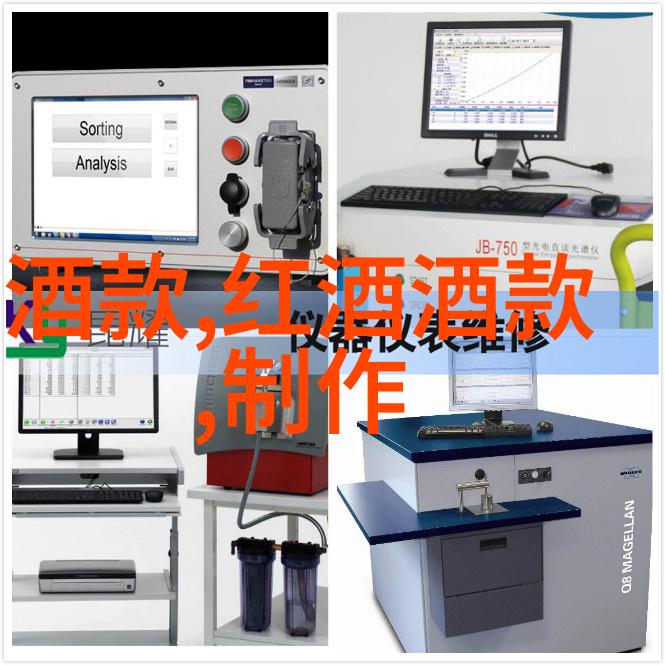在马克思主义哲学体系中,历史唯物主义是对人类社会发展规律的科学解释。它强调经济基础和superstructure相互作用的辩证法,这一思想体现在其核心概念——生产力和生产关系上。今天,我们将深入探讨这两个关键概念及其在历史进程中的角色。

首先,让我们来回顾一下马克思关于生产力的定义。在《资本论》中,马克思提到:“人的再生产,即生存,是最根本的自然目的。”他认为,“人之所以成为人的,是因为他能够通过自己的劳动使自己获得生活资料”。简单来说,人们通过劳动创造出商品、服务乃至文化等产品来满足自身需要,这些就是所谓的“产品”。
接着,他进一步区分了两种类型的人类活动:直接使用自然界(如采集食物)与间接使用自然界(如农业)。前者属于原始共产制阶段,而后者标志着私有制产生,并随之引发了阶级分化。这种转变不仅改变了人类与自然环境之间的关系,也推动了社会结构从原有的共同体向更复杂多层次组织演变。

那么,我们怎样理解这些劳动成果如何被组织起来并且分布给社会成员呢?这里就进入到了“生产关系”的范畴。在这个过程中,不同的人们根据他们所拥有的资源进行交换,他们也因此形成了一系列特定的权利、义务以及社会地位。这便是所谓的“所有形式”,它们构成了一个大规模、高度分工化、协作性的社会系统。
然而,这种制度并不总是公平或稳定的。随着技术进步和市场需求变化,一些群体可能会积累更多资源而另一些则失去权威。这正是为什么马克思提出存在冲突性质的问题:即当某个集团控制着主要财富时,它就会试图维持其优势地位,而其他群体可能会抗议这一状况,从而引发革命性变革。

另一方面,当技术发展导致新的机器出现时,那些依赖于传统手艺或技能的人们可能会感到自己的价值降低,从而对现行秩序产生不满。例如,在工业革命期间,大量由蒸汽机驱动的织布机取代了手工织女,使得后者的工作变得无关紧要。这一场景展示了新旧技术如何影响经济基础,并带来的广泛连锁反应,以及不同阶级之间不断斗争寻求改善其处境的情况。
综上所述,"production force" and "production relations" are the twin pillars of historical materialism. The former refers to the ability of humans to create goods, services, and cultural products that satisfy their needs; while the latter denotes how these goods are organized, distributed, and exchanged among people in a society. Both concepts are interconnected and interdependent as they shape each other's development.

Moreover, both concepts also have significant implications for understanding social change. Changes in production forces can lead to changes in production relations as new technologies or resources become available. Conversely, changes in production relations can influence which groups hold power within a society.
In conclusion, understanding "production force" and "production relation" is crucial for grasping historical materialism's central ideas about human societies' evolution through economic conditions shaping societal structures. These two concepts help us understand how technological advancements impact social organization patterns and vice versa.

They also shed light on why certain groups may challenge existing systems when they feel excluded or marginalized from access to resources or opportunities due to changing circumstances like technological progress or shifting market demands.
By examining these key components of historical materialism we gain insight into the complex interplay between human creativity (in terms of technology), societal organization (in terms of economic systems), and political power dynamics at play throughout history.





